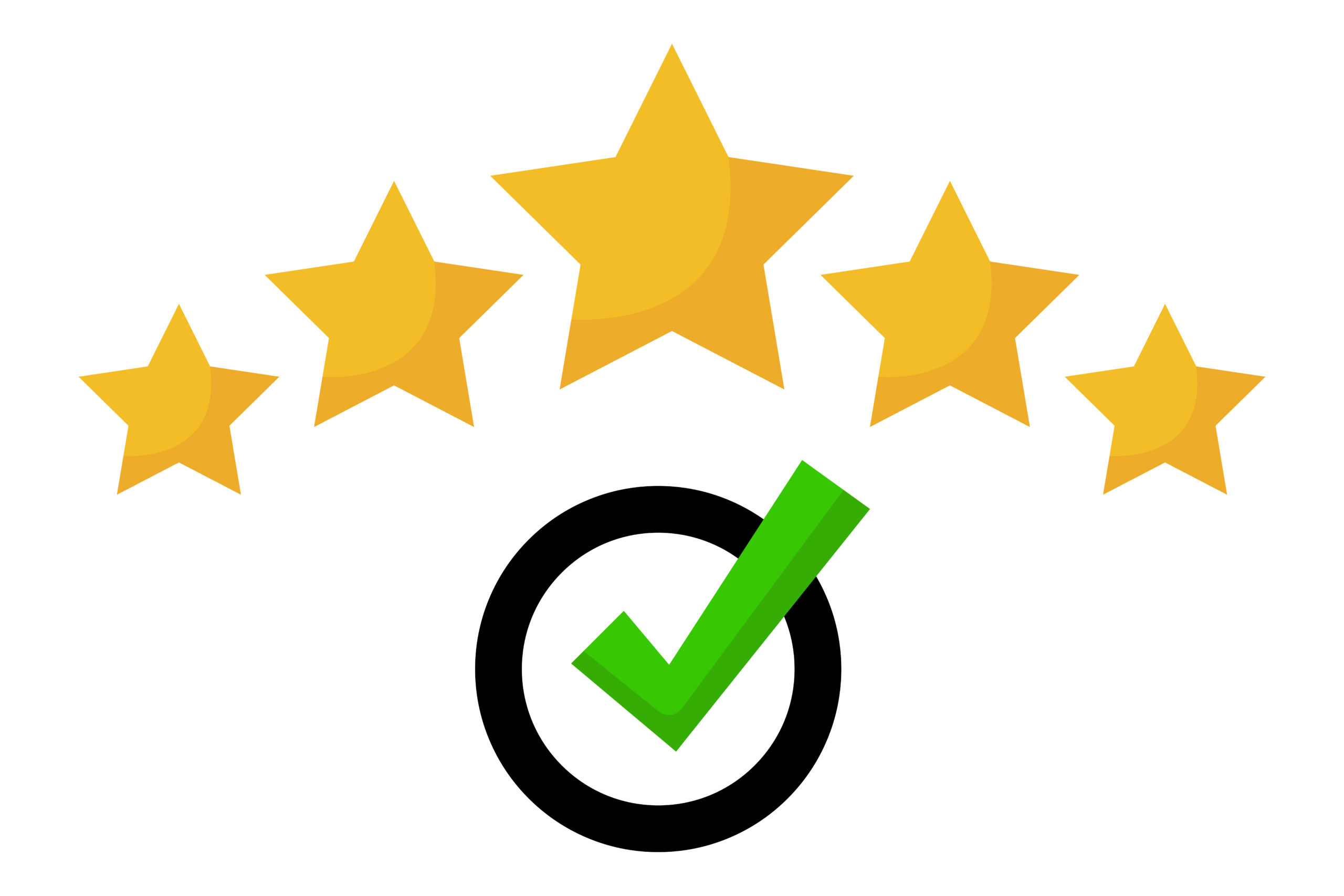In today’s digital-first world, businesses are increasingly judged not just by their products and services but by the way they are perceived online. A single negative review, controversial social media post, or poor search engine ranking can impact how potential customers see a brand. This is where corporate reputation management becomes essential. It ensures that businesses maintain a positive image across platforms while boosting trust and credibility. For companies aiming to strengthen their online visibility, understanding the connection between reputation and SEO is key.
Corporate reputation management isn’t just about damage control; it’s also about actively shaping a brand’s digital presence for long-term success. This blog explores how reputation management strategies align with SEO to increase visibility, improve brand trust, and drive organic growth. By the end, you’ll understand the importance of integrating both approaches and how services like Aiplex ORM can help your business succeed. Let’s dive into the essential insights that make reputation management a crucial factor in achieving strong SEO results.
Things to Know Before Leveraging Corporate Reputation Management for SEO
Before diving into specific strategies, it’s important to understand some core aspects of how reputation and SEO work together. These foundational insights will guide you in building a strategy that aligns your brand image with strong search performance.
The Link Between Reputation and Search Rankings
Search engines like Google prioritize trustworthy, authoritative sources. When a company has positive press, glowing reviews, and consistent branding, it signals reliability to both users and algorithms. This makes online reputation management a critical component of SEO. High reputation scores translate to improved click-through rates, longer dwell time, and stronger rankings. Additionally, credibility plays a direct role in Google’s E-E-A-T (Experience, Expertise, Authoritativeness, Trustworthiness) guidelines.
A poor reputation, however, can hurt visibility. Negative reviews or critical articles can rank above your website, pushing away potential customers. By managing your online reputation strategically, you control what appears in search results, ensuring that positive narratives dominate. This synergy between SEO and reputation boosts both visibility and trust, making it essential for businesses seeking sustainable growth.
The Role of Reviews in SEO
Customer reviews are more than just feedback—they are a strong SEO signal. Positive reviews on Google Business Profiles and third-party sites improve local search rankings, while negative reviews can decrease visibility. Effective brand reputation management ensures that satisfied customers are encouraged to leave reviews while addressing concerns from unhappy clients.
Search algorithms treat reviews as user-generated content, meaning fresh and authentic feedback continuously signals relevance to search engines. In addition, higher star ratings directly influence click-through rates. Users are far more likely to choose a brand with hundreds of positive reviews than one with poor or no feedback. Therefore, managing reviews is both a trust-building and SEO-strengthening tactic.
Content Quality and Brand Image
Quality content is a cornerstone of SEO and plays an equally vital role in corporate reputation management. A company that produces authoritative blogs, informative case studies, and valuable resources positions itself as an industry leader. This builds brand authority while aligning with search engine algorithms that prioritize expertise.
Conversely, low-quality or misleading content can damage both reputation and rankings. If users find content unhelpful, bounce rates increase, signaling to Google that your site is not valuable. Strategic content creation that integrates corporate reputation management strategies ensures that your brand narrative remains strong while supporting long-term SEO goals.
Social Media’s Impact on Perception
Social media is a double-edged sword—it can build or break reputations. Positive engagement and proactive posting enhance a company’s credibility, while unchecked negative comments or viral criticism can harm trust. From an SEO perspective, social signals such as shares, comments, and mentions indirectly contribute to visibility.
Managing social media as part of reputation management means maintaining consistency, addressing criticism gracefully, and amplifying positive feedback. This, in turn, drives traffic to your website and reinforces brand visibility. By integrating social media reputation management into your SEO plan, you create a stronger and more resilient online presence.
The Importance of Consistency Across Platforms
Brand consistency builds familiarity and trust. When your company’s tone, visuals, and messaging remain consistent across websites, directories, and social channels, it signals reliability. Search engines reward this consistency by connecting the dots between mentions and rankings. Any discrepancy in branding or information may create confusion, hurting both trust and SEO.
Ensuring consistent corporate identity management across all platforms strengthens your online presence. From NAP (Name, Address, Phone number) consistency in local SEO to uniform brand storytelling in digital campaigns, alignment across platforms helps businesses project credibility while boosting search engine performance.
Top Ways Corporate Reputation Management Boosts SEO
Now that we’ve covered the essentials, let’s look at how reputation management strategies directly enhance SEO outcomes.
1. Suppressing Negative Search Results
Corporate reputation management helps suppress harmful search results by promoting positive content. Techniques like publishing optimized blogs, press releases, and case studies push down negative articles on Google. When users see positive content first, they form better impressions of the brand.
For SEO, this means higher-quality pages rank above negative mentions. This content not only manages perception but also attracts organic traffic. By controlling search visibility, businesses maintain a healthier reputation while strengthening overall domain authority.
2. Building High-Authority Backlinks
A strong reputation often leads to media mentions, guest posts, and partnerships—all of which generate valuable backlinks. Backlinks are among the top-ranking factors for Google, and authoritative links significantly boost SEO performance. By engaging in reputation-driven PR campaigns, companies attract credible links that enhance visibility.
Reputation management ensures that these backlinks come from reputable sources aligned with the brand’s identity. Over time, this strengthens domain authority, improves search rankings, and positions the company as an industry leader.
3. Optimizing Google Business Profiles
Local SEO depends heavily on Google Business Profile (GBP) optimization. A reputation-focused approach ensures accurate business information, updated photos, and regular review responses. Positive reviews on GBP directly improve local rankings while also increasing customer trust.
Managing your GBP effectively means higher map pack visibility, stronger local presence, and greater foot traffic. This is where corporate reputation management directly fuels SEO by aligning credibility with search visibility.
4. Generating Fresh, Positive Content
Search engines reward websites that consistently publish fresh, high-quality content. Reputation management strategies involve releasing blogs, press releases, and case studies that highlight success stories and customer satisfaction. This creates a steady flow of content that both manages perception and improves SEO performance.
By focusing on brand storytelling and thought leadership, businesses attract organic traffic and retain audience trust. Positive narratives not only outrank negative mentions but also reinforce authority in search engine algorithms.
5. Leveraging Influencer and Media Partnerships
Reputation management often involves collaborations with influencers, journalists, and industry leaders. These partnerships generate positive exposure and amplify brand credibility. From an SEO perspective, such mentions create referral traffic and high-quality backlinks.
Working with trusted voices enhances brand authority while increasing content reach. This combination improves organic visibility and strengthens search engine performance, making influencer partnerships a valuable dual tool for reputation and SEO.
Why Choose Aiplex ORM for Corporate Reputation Management?
Aiplex ORM specializes in helping businesses safeguard and enhance their digital reputation while aligning strategies with SEO best practices. With years of experience, the team understands how search algorithms work and how online narratives shape brand perception. By offering comprehensive services such as review management, content creation, social media monitoring, and search result suppression, Aiplex ensures that your reputation is always working in favor of your SEO goals.
Unlike generic SEO agencies, Aiplex ORM combines the art of reputation management with technical SEO expertise. Their holistic approach not only improves rankings but also builds long-term trust with customers. By partnering with Aiplex, businesses gain a competitive edge in both visibility and credibility, ensuring sustainable digital success.
Conclusion
In an era where digital visibility defines business success, corporate reputation management is no longer optional—it’s essential. By aligning reputation strategies with SEO practices, businesses can safeguard their image, attract more organic traffic, and build stronger customer trust. From suppressing negative search results to amplifying positive brand stories, reputation management ensures that your brand narrative stays in your control.
For companies looking to strengthen both their online credibility and search performance, the synergy between reputation management and SEO offers unmatched advantages. Partnering with experts like Aiplex ORM guarantees that your digital reputation actively supports your SEO goals, helping your business stand out in competitive markets.
Summary
This blog explored how corporate reputation management boosts SEO by focusing on key elements such as reviews, content quality, backlinks, and social media engagement. It highlighted the importance of aligning brand image with search visibility and explained how strategies like suppressing negative content and optimizing Google Business Profiles improve rankings. Ultimately, businesses that integrate reputation management with SEO benefit from greater trust, authority, and visibility. Choosing Aiplex ORM provides a reliable partner to ensure your brand’s reputation fuels long-term SEO success.








